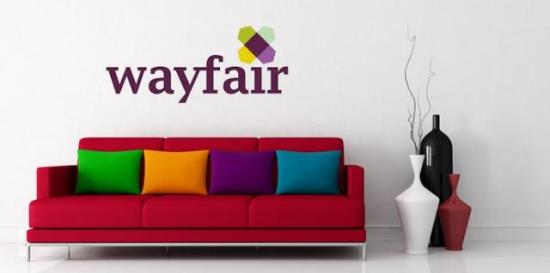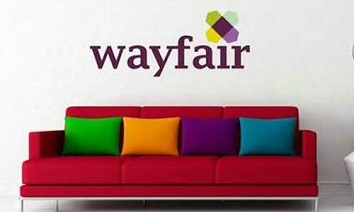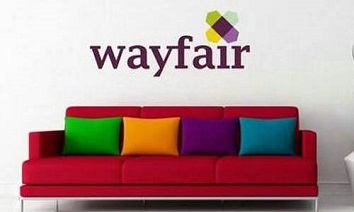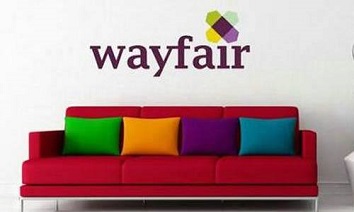Wayfair is letting app developers use its 3-D furniture images
Source:internetretailer.com
Virtual reality haunted houses of the future could be decorated with Wayfair’s stylish Maza Parsons Chair. So could empty houses for sale.

Virtual reality haunted houses of the future could be decorated with Wayfair’s stylish Maza Parsons Chair. So could empty houses for sale.
The home furnishings retailer launched an application program interface (API) this week that enables virtual reality and augmented reality app developers to populate their apps with any of Wayfair Inc.’s 10,000 3-D modeled products.
For example, a developer who is creating a virtual reality haunted house app, could populate the entire house with Wayfair furniture so she doesn’t have to create the furniture from scratch. This way, developers have less work and get images of real furniture in their app for free, and Wayfair gets more eyeballs on its products, says Shrenik Sadalgi, who leads engineering at Wayfair Next, the retailer’s research and development team.
An ideal application for this would be for a real estate developer to incorporate Wayfair furniture into a virtual reality-based tour of a property, or an interior designer who is showcasing looks to a client, Sadalgi says. But the retailer isn’t picky—anywhere 3-D furniture can be showcased, Wayfair wants to be there, he says.
“The end goal is to get more attention to the 3-D models, and therefore get more attention to the products and therefore get more sales,” Sadalgi says.
Wayfair, however, has not yet figured out the shopping component to all of this. It first wants to get as many of its 3-D models as possible into apps. After that, it will tackle figuring out how to brand the models as Wayfair products and redirect consumers to its e-commerce site. Wayfair also may implement an affiliate program, in which the app developer will receive a cut of a purchase if a consumer buys a product off of Wayfair after seeing it in the developer’s augmented or virtual reality app.
The free API is “locked,” meaning a developer has to contact Wayfair first and sign a legal agreement about proper use of the furniture before the retailer authorizes its use. In the few days since Wayfair made the API available, about 20 developers have contacted the retailer about it, Sadalgi says.
Wayfair developed the API in three to four months with the seven-person Wayfair Next team, , and a few members of the product media team, which has five to six people, he says.
The retailer has been developing its 3-D products for its own augmented reality and virtual reality apps since the beginning of the year. Wayfair produces 3-D product images in two ways: The first is via its in-house 3-D scanner, which the retailer built. The retailer places a chair, for example, on a turntable and several cameras take pictures of it from different angles. The turntable rotates and the cameras take more photographs. On average, each 3-D image requires 150 photos. This process takes 10 to 15 minutes, says Mike Festa, head of Wayfair's research and development lab.
The second way Wayfair creates the 3-D images is for employees to draw them. Depending on the complexity of an object, this could take anywhere from a few hours to days, Festa says. The e-retailer determines which products are good candidates for scanning, such as complex and highly textured objects, and products that are easily drawn, such as items with sharp edges and geometric shapes, Festa says.
(Source: internetretailer.com Author: APRIL BERTHENE)





 沪公网安备31010402003309号
沪公网安备31010402003309号



